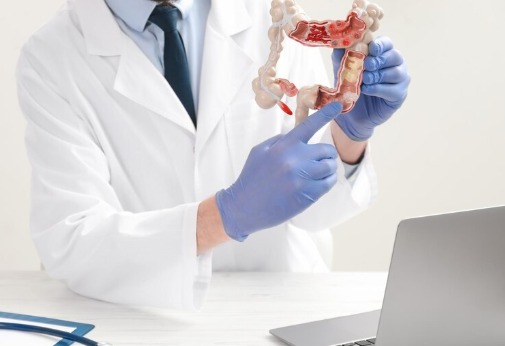An appendectomy, the medical term for appendix surgery, normally takes one hour to complete, though this time can vary greatly based on the surgical technique and the specific patient. This vital emergency procedure, which is carried out under general anesthesia, treats appendicitis, an inflamed appendix that can be extremely dangerous if left untreated. The length and complexity of the surgery are significantly impacted by the decision between open and laparoscopic (minimally invasive) appendectomy techniques.
Because laparoscopic appendectomy is so effective, it has become the norm in many hospitals. To carefully remove the inflammatory appendix, physicians make a few tiny incisions and insert a camera and delicate tools. Patients benefit from a quicker recovery and less scarring after this procedure, which typically takes an hour to complete. However, because the surgeon carefully cleans the abdominal cavity to prevent infection, the surgery may take a long time if complications like rupture or abscess arise.
| Aspect | Details |
| Typical Surgery Duration | Approximately 45 to 90 minutes, depending on procedure and complications |
| Laparoscopic Appendectomy | Usually around 60 minutes; minimally invasive with faster recovery |
| Open Appendectomy | Can exceed 90 minutes; larger incision, typically used if appendix ruptures or other issues |
| Anesthesia | General anesthesia, patient asleep during surgery |
| Hospital Stay | Same-day discharge common for laparoscopic; 1-3 days or longer if ruptured appendix |
| Recovery Time | 1-2 weeks for uncomplicated cases; longer with complications |
| Risks and Complications | Infection, bleeding, abscess, scar tissue formation, rare stump appendicitis |
| References | NHS Appendicitis Information |
Although the process might seem simple, it represents a larger narrative about patient care and medical advancement. Reflecting a broad evolution in surgery, the switch from open to laparoscopic techniques has greatly decreased patient discomfort and recovery time in recent decades. This change reflects a steady trend toward less invasive, more accurate procedures and is consistent with trends observed in other surgeries, such as gallbladder removal.

Notably, well-known people have unintentionally raised public awareness of appendectomy. By demythologizing the procedure, celebrities like Adele and Ben Stiller have encouraged patients to seek treatment on time without feeling overly anxious. Their openness demonstrates how surgical procedures can now be completed in about an hour, which contrasts sharply with the fear that patients frequently feel during emergency procedures.
Thousands of people undergo appendectomy every day, making it one of the most frequent emergency abdominal surgeries. Open surgery is still the main option in places with limited resources, and access to minimally invasive a laparoscopic equipment varies. This disparity highlights persistent differences in access to surgical care and leads to longer hospital stays and higher healthcare expenses.
The timing and results of appendectomy were further complicated by the COVID-19 pandemic. Many patients postponed their hospital stays, which increased the number of complex cases such as appendiceal ruptures, which inherently lengthen the time needed for surgery and recuperation. Hospitals were forced to innovate resource allocation and patient triage as a result of these difficulties, which highlighted the delicate balance between handling emergencies and preserving regular healthcare services.
Although recovery from appendix surgery varies greatly, it is usually controllable. After a laparoscopic appendectomy, patients frequently go home in a day and resume mild activities in a few weeks. On the other hand, in order to avoid infection and promote healing, patients who have open surgery or complications usually need longer hospital stays and slower, more cautious rehabilitation.
The psychological effects of emergency surgeries should be carefully considered in addition to the physical recovery. Anxiety can be triggered by the abrupt onset of severe abdominal pain followed by surgery, particularly in older adults and children. In order to help patients regain confidence and trust in their healthcare journey, it is especially helpful to address these emotional challenges through education and reassurance.
Despite the relative rarity of complications, openness regarding possible hazards is still crucial. While more serious problems like abscesses or intestinal obstructions require immediate medical attention, common problems include wound infections, which are typically treated with antibiotics. The medical community’s dedication to patient safety and the best possible results is demonstrated by vigilant postoperative monitoring.
